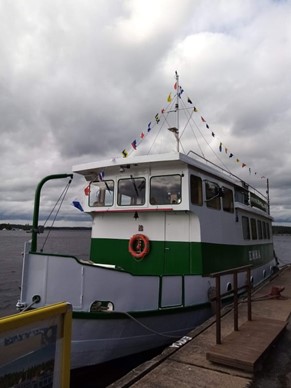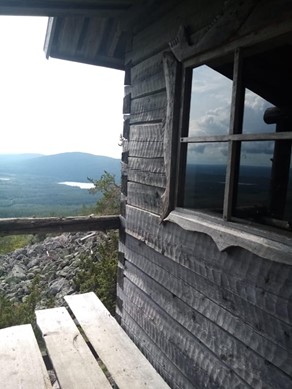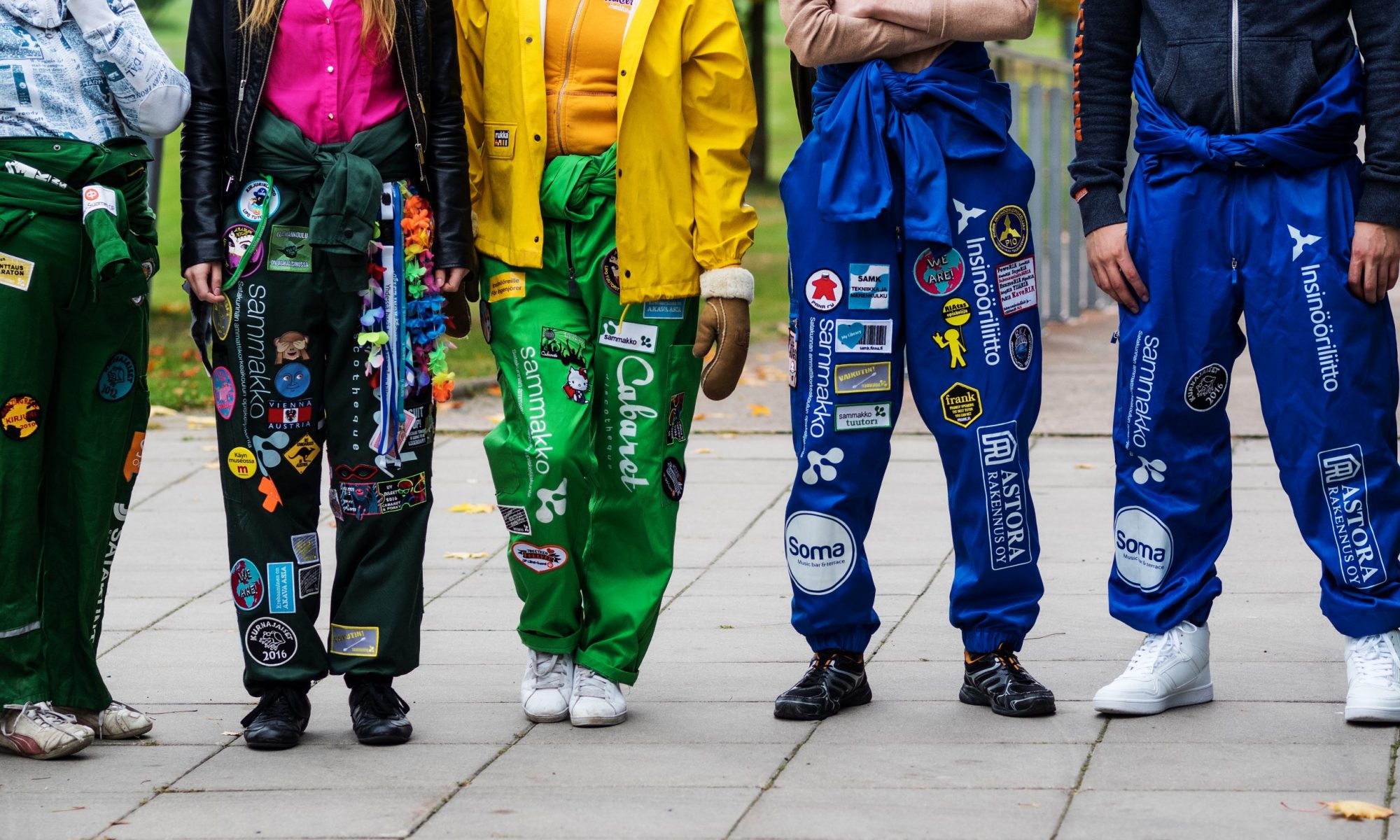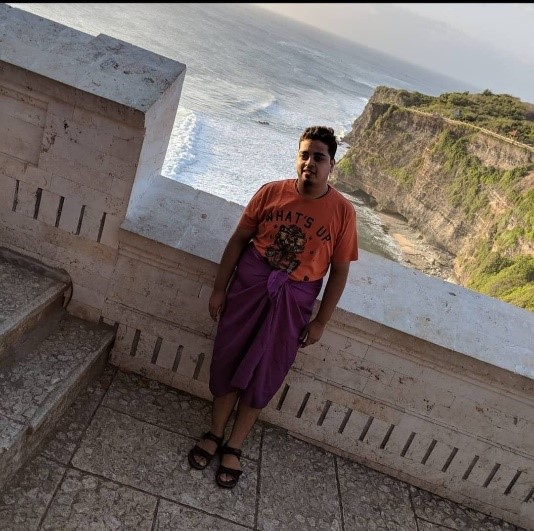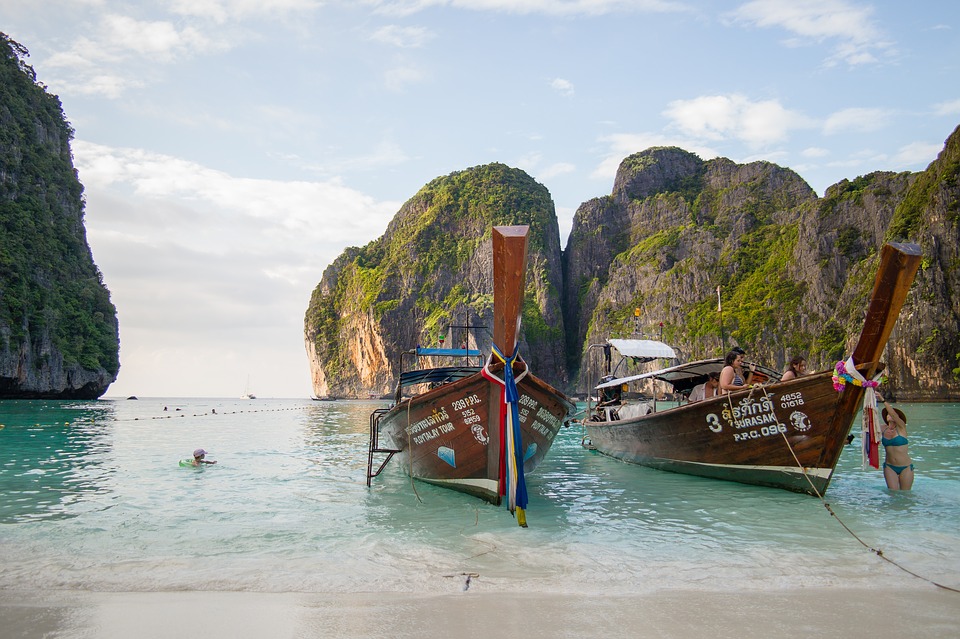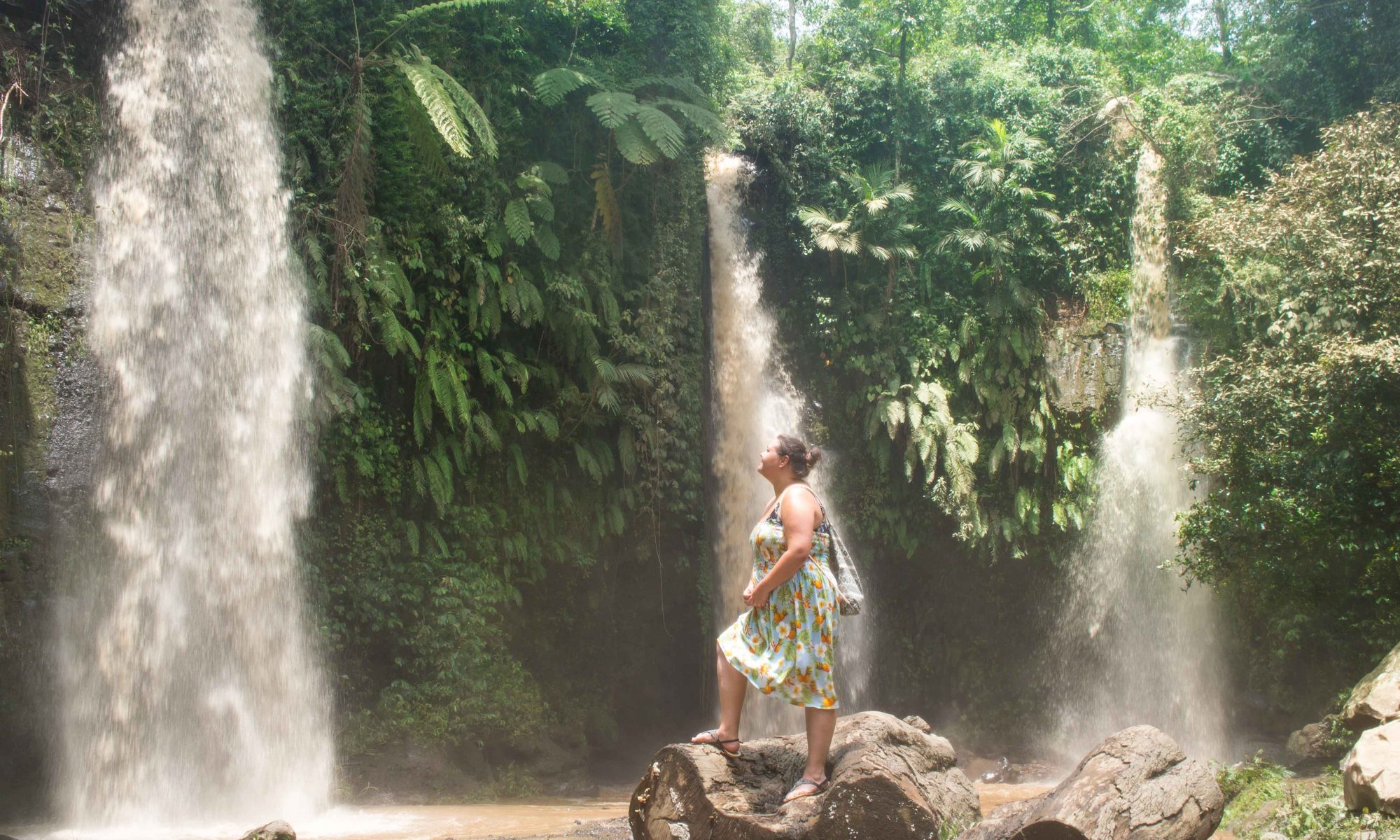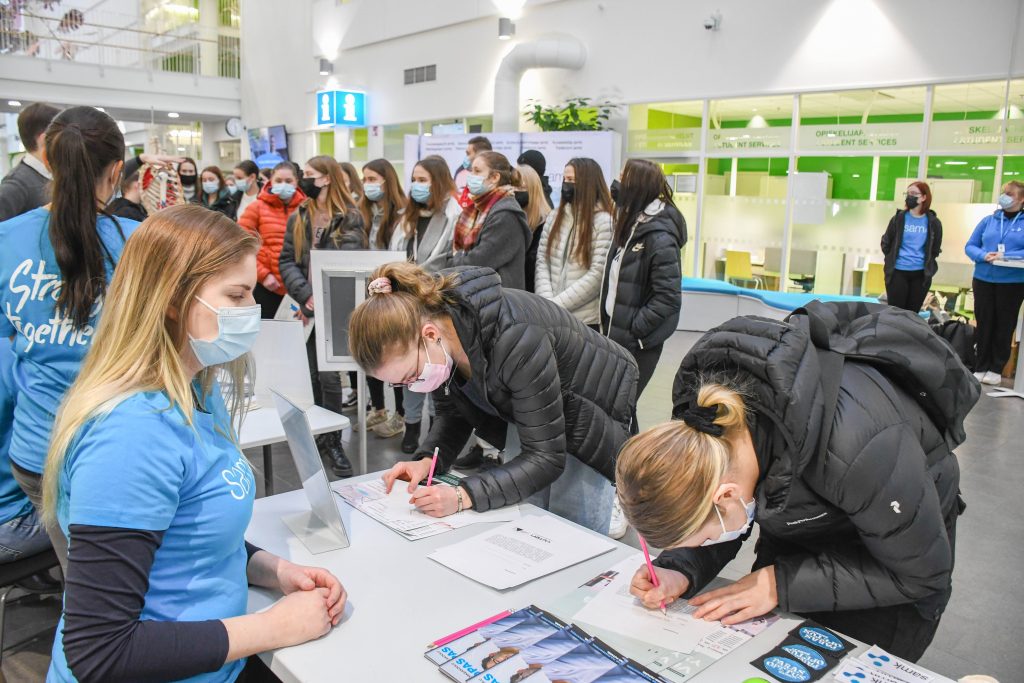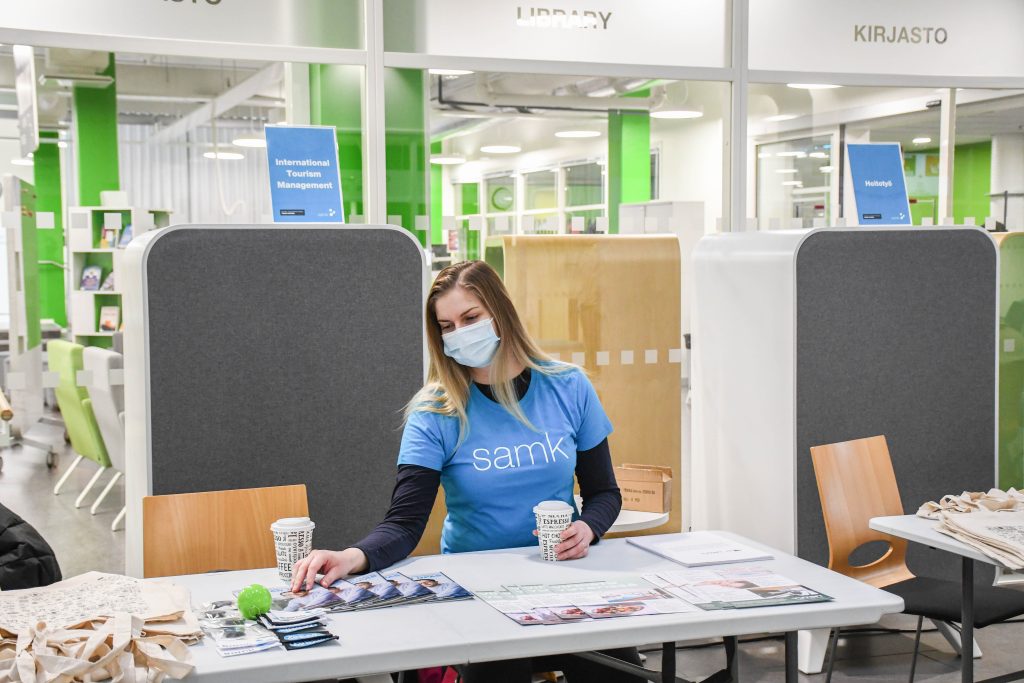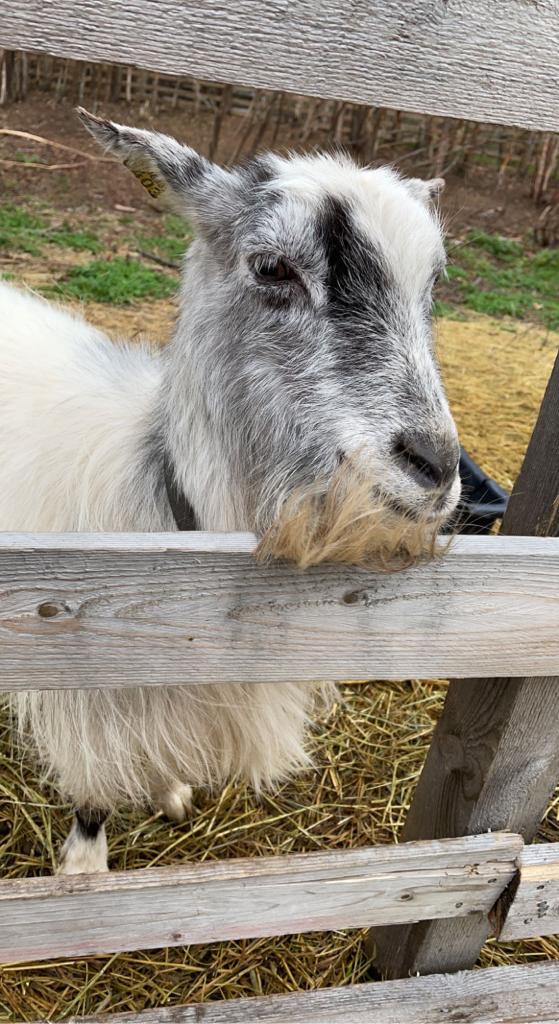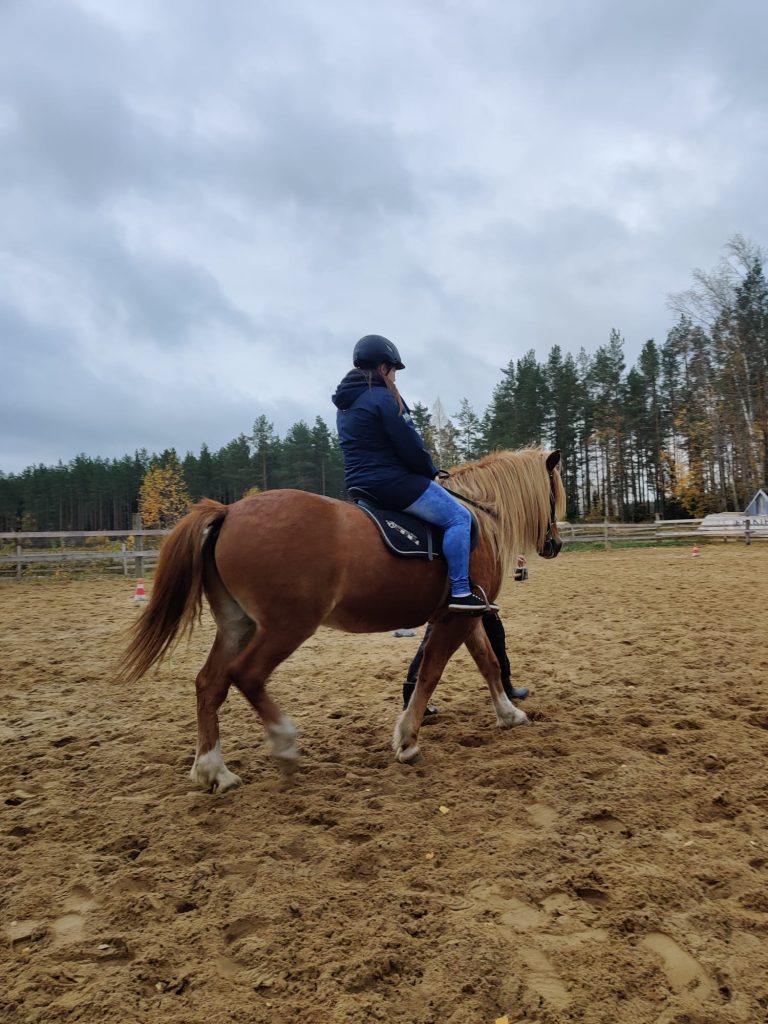I chose Finland as my Erasmus exchange study destination because Finland is a country known for its educational system, which is very different from Belgium. I heard so much about it that I thought I would try it by myself and make up my own mind. Moreover, the Finnish population is known to be one of the happiest in the world – so I went to buy some warm clothes and packed my bag!
The Finns
Once I arrived in Finland, I discovered that the cold was not just about the weather: the Finns are very aloof and like to have their own space. But once I got to know them, I realized that it was only a facade and that in the end they are kind, benevolent and you can even have a lot of fun with them.
Life in Finland
Life in Finland is gentle, everything here is very natural. I realized that Finns spend a lot of time outside, even in winter! There are a lot of infrastructures like barbecues, benches and shelters, which are available to everyone. It is common to meet around a fire to drink hot chocolate, grill a sausage, or cook pancakes, even under the snow.
I had the opportunity to go for long walks in the forest or on the beach. Here I also discovered the sauna culture: almost all Finns have a sauna at home and if not, they just have to go to the city pool. And contrary to their usual shyness, in the saunas there is no more shyness, they drop the swimsuits!
Studying at SAMK
A very important part of my Erasmus is the university, after all, that’s why I’m here! The first time I visited the university, I was impressed by the modernity and the possibilities. There are places to relax, to work alone or in groups and even to have fun with a pool table.
The teaching is indeed very different from Belgium. Here, the students call the teachers by their first name, the timetables are light and group work is encouraged. What I find most interesting is that students can really choose their study program according to their interests, they don’t have to take the same courses as everyone else and there are many alternatives such as concrete projects that can be included in the credits. The school also places much importance on well-being, there are a gym and group classes that are open to everyone.
The Erasmus experience
Being on Erasmus means leaving your comfort zone, going to a country you don’t know and living with people you don’t know. But thanks to this challenge, you grow, you discover a new culture and you meet great people of all origins. You learn to be independent, to live in a community and to accept each other with our differences.
Traveling
Being a tourism student and therefore a travel enthusiast, I have taken advantage of being here to visit Finland and also the neighboring countries. We organized trips to Tallinn, Stockholm and Copenhagen. Of course, there were a lot of us so I was able to practice my travel planning skills. I think it’s good to take advantage of these four months to see as much as possible because it’s a once-in-a-lifetime experience.
Text and photos: Camille De Borman, exchange student from Haute École Galilée University of Applied Sciences in Belgium




